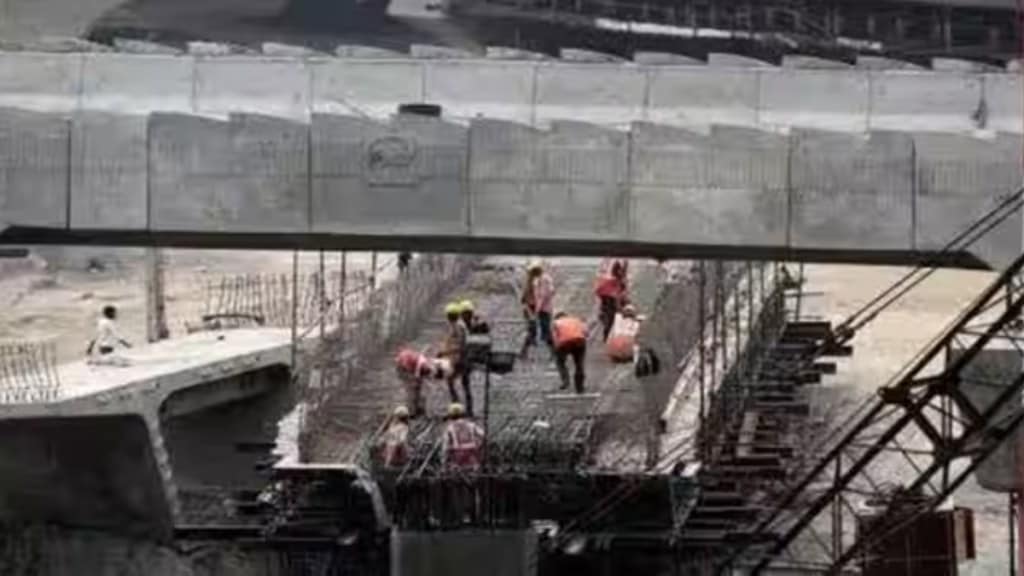The construction of the Barapullah Phase-lll elevated stretch is once again facing delays as the Public Works Department (PWD) has received only 6 out of 8.5 acres of land needed for the purpose, The Indian Express reported citing officials.
Issue hindering progress
Besides the land issue, another roadblock in the construction is the soil. Due to the floods which occurred in July, the soil had become swampy and is now causing difficulty in the construction of pillars. A senior PWD official said that after the floods and other ongoing issues, the work has started on the floodplains. They added that they need about 2 acres of land to build the 690-metre elevated portion. The land is also required to finish the work on the mid-section, and join the pillars. “If the land acquisition is delayed, it will delay the work further,” the official added.
As per the officials, the 690 metres section will link the two stretches of 400 metres and 290 metres, respectively. An official said that after the intervention of the Lieutenant Governor (L-G) earlier this year, the PWD got the land. However, some private landowners are still not the department to acquire the land and have filed court cases. “The South East District revenue department is working on getting the remaining land parcels,” the official added.
The project is already running five years behind due to the issue of land acquisition and the non-availability of required land parcels. Officials say that they need land parcels in the Nangli Razapur Village to complete Phase 3 of the project, which will be passing over the Barapullah drain. “The acquisition work is being handled by the DM South East district,” they said.
Project Timeline
The timeline of the project has now been revised by another year. However, if the land acquisition is delayed, the project will take a few more months, the officials said.
“We have to construct two giant walls and columns on this riverbend to support the bridge. We have received only 6 acres of land parcels, the remaining 2-2.5 will be required to bridge the gap,” they added.
In July, due to the floods, the ongoing work on the elevated section was delayed. Now, excess groundwater is creating a hurdle for the project as the soil has become swampy. The construction is using a system to drain the ground water every 15 minutes which helps prevent the base of the pillars from flooding. “As we dig deeper, water gushes out, so working on this river plain is also tough. If the water is not drained out in time, it hampers the construction work on the concrete pads,” officials said. Circular concrete pads have been built on top of which the pillars will be erected to strengthen the flyover ramp.


